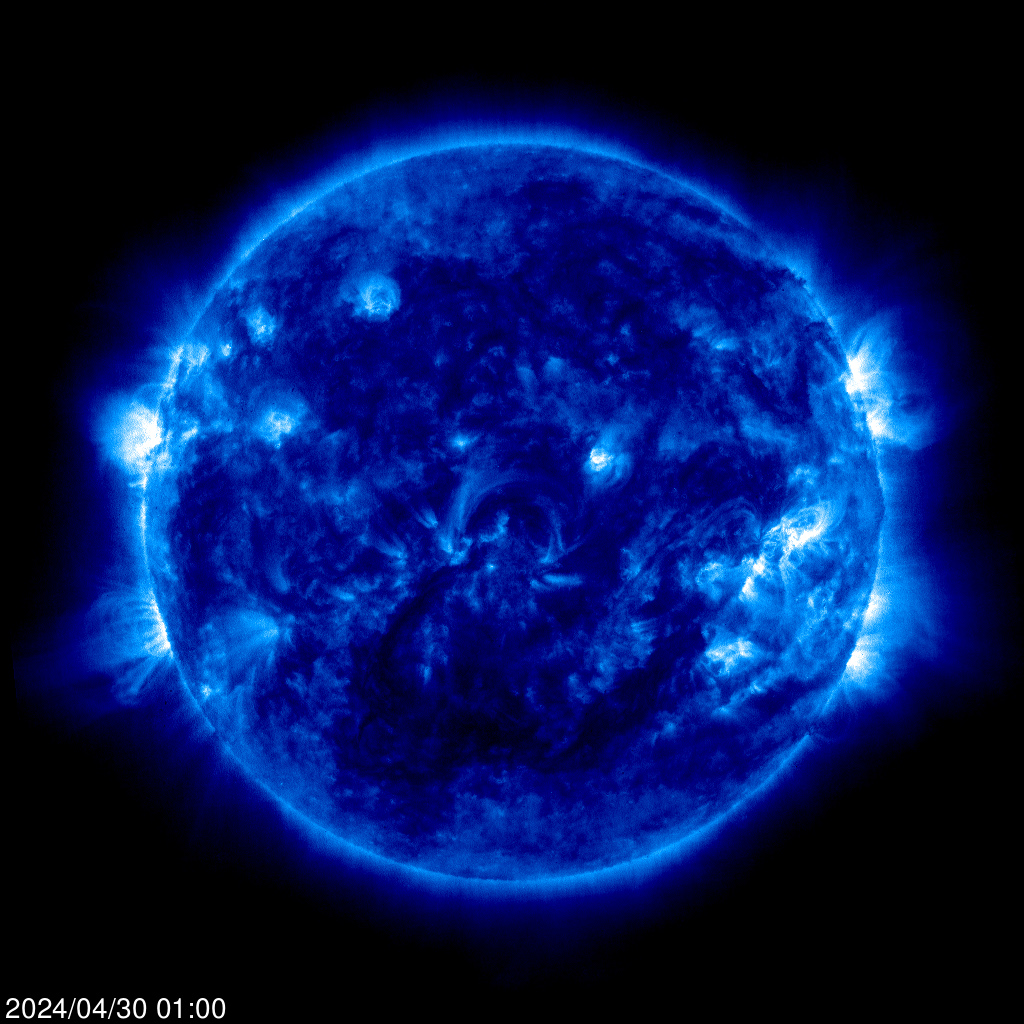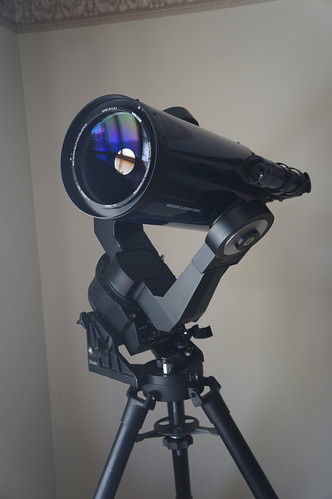Site Updates:
As you may notice (or not if you dont regularly check the site)... things are moving around a bit. I'm adding and changing the way the site looks and also adding some blogs for various different activities. Parts of this post is also repeated in the Promethean Visions Blog..
In a nutshell:
The Promethean Visions Blog will deal with news and items directly related to the observatory and my activities in that regard.
The Heliofocal Blog will remain focused on Solar Astronomy. I *do* plan to get back into that in the future... lots of things going on with PVO though at the moment which are keeping me from working on that.
The Escher's Happenings Blog will be related to general family items and events.
General Stuff
well - lets cut right to the chase shall we.
Facebook is in a sorry state - if you use the site, and keep up with trends over there you have noticed some things.
1) Timeline: Facebook forced this upon everyone in the last year - not sure as the reasoning, although it must align with some "facebook corporate" reasoning"
2) Ad's and "Suggested Pages You May Like": Welcome to the facebook IPO. Now, facebook is answerable to a board and must try to make its shareholders a return on investment - i.e. - they need to monetize their sevice. So - Ad's, nags, and the like. While I can't blame them, I also dont need to see them evertime I want to check up on what people are up to.
3) Political and Personal agenda's: I would say that about 60-80 percent of the facebook posts I see are either political or follow someones personal agenda / platform. I don't mind this to a point, and I have endulged in it from time to time - but the more I see it, the more it feels like one continuous advertisement. I'm interested in what YOU are doing - I dont want to know about your agenda, your churches agenda, your political preference... I just want to know if you had something cool happen to you today.
So - you probably know what's coming - Yup - Bye bye facebook. I will not be posting there much anymore... I barely do as-is... I just dont like any one organization have so much power and influence - and facebook is crazy in its reach.
I have this site - and you all have my email and phone / text / facetime info - thats how I will be in touch.
So - Check here at the Escher's Happenings blog for family stuff, and the other blogs if your into astronomy and want to see what I'm working on.
- Chris







